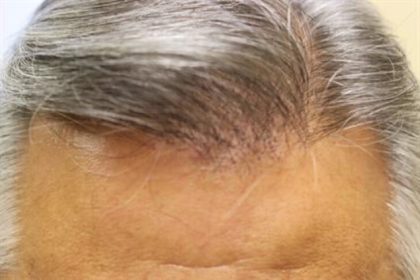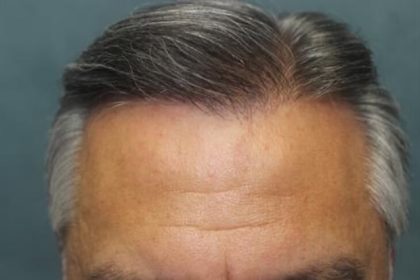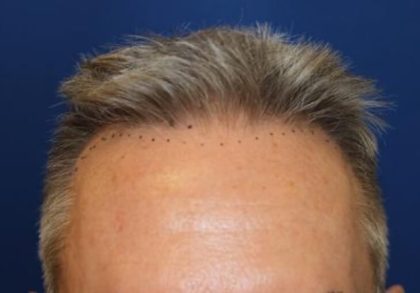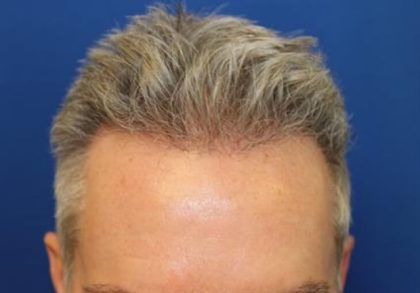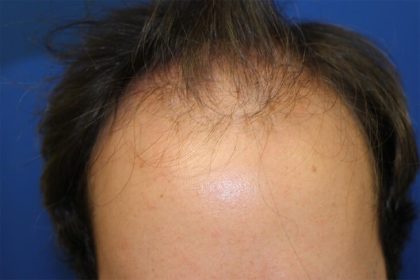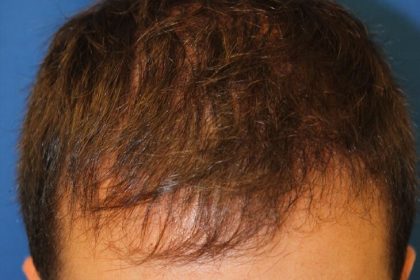Hair Transplant Orange County
Consultations offered at our four convenient locations in La Jolla, San Diego, Newport Beach and Beverly Hills
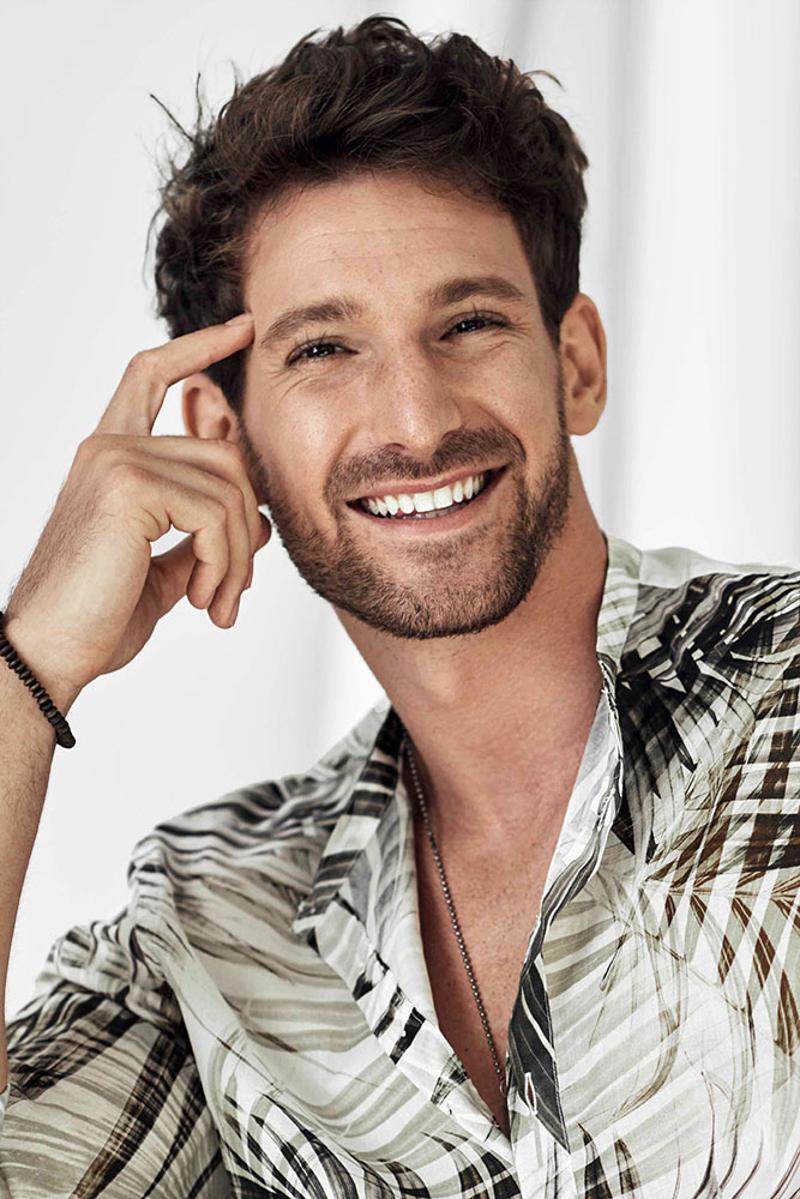
A hair transplant is a procedure that harvests hair follicles from one area of your body and places them in another area to stimulate natural hair growth. The treatment can help you achieve new, thicker hair in areas where you are experiencing hair loss or thinning. With advanced hair restoration techniques like NeoGraft and ARTAS, we can help you achieve natural hair growth so you do not have to worry about concealing your scalp beneath hats and caps.
At La Jolla Plastic Surgery & Dermatology, we offer life-changing procedures to restore the appearance of your scalp. Dr. Richard Chaffoo, America’s First Triple Board Certified Hair Transplant Plastic Surgeon has decades of experience helping patients treat hair loss. Dr. Susan Stuart is also renowned for her innovative approaches and stunning results that she has helped patients achieve with state-of-the-art dermatological procedures.
Although genetic hair loss is very common, its prevalence in society does not make it any easier to deal with. There is no need to keep hiding your scalp when a minimally invasive hair transplant procedure can quickly restore your hair.
Orange County residents have many tailored options for hair transplants. Contact our office in Newport Beach today or call (800) 373-4773 to learn more.
Contents
Before and After Photos
About Hair Transplants
Hair transplants can help you reduce the appearance of thinning hair, especially in areas that are particularly sensitive to genetic hair loss. Nutrient deficiencies, stress, and lifestyle habits such as tight hairstyles, can also affect your hair growth. A thinning hairline or crown can change your entire appearance and your self-esteem, especially when it occurs in a noticeable area. Androgenic alopecia, a condition that causes genetic hair loss, is extremely common and approximately 30% of men are affected by age 30. (1) Although it can affect women as well, 67% of men are affected by the condition at some point in their lives across the globe compared to 27% of women. (2)
Hair Growth Cycles
During a hair transplant, we will harvest healthy follicles (called follicular units) to promote new growth. When you shed hair faster than your hair grows, it is common to experience thinning at the hairline or the crown. Your hair growth cycle is divided into three stages:
- Telogen: This phase occurs when your hair stops growing and is considered to be a resting phase for your hair follicle.
- Catagen: Your hair falls out after growing.
- Anagen: New hair begins to grow from the follicle that releases hair in the catagen phase.
We can harness follicles in the anagen phase to help you achieve new, long-lasting hair growth.
Follicular Unit Extraction (FUE)
Follicular unit extraction is an advanced procedure that avoids linear scarring on the scalp, and is the preferred choice for hair restoration surgeons to obtain effective, lasting results. Dr. Chaffoo strategically places follicular units where you wish to stimulate new hair growth using the latest hair restoration technology. Both NeoGraft and ARTAS are FUE devices that help you achieve natural-looking, even hair growth and restore your appearance.
NeoGraft
Unlike traditional hair transplants, which often leave noticeable scars, NeoGraft relies on a minimally invasive approach. It extracts hair follicles individually from the donor site using semi-automated technology, allowing for efficient grafting into thinning areas. NeoGraft harvests your hair follicles with suction and preserves them in a special solution to reduce the risk of damaging them.
Since Dr. Chaffoo does not have to harvest the follicles manually, using NeoGraft prevents the risk of human error or fatigue. NeoGraft is especially helpful for patients with curly hair, which can be more difficult to graft due to the curved shape of the follicles. With the help of NeoGraft, he can place the hair follicles more accurately which is ideal for patients who need a customized procedure. The device allows your surgeon to focus on follicle placement instead of harvesting which reduces procedure time.
ARTAS
ARTAS is a robot-assisted semi-automated hair transplant device that can create even, thicker hair growth in your desired area. This technology allows for more precise hair follicle placement and places the follicles evenly at the same depth every time for a more consistent outcome than if it were to be completed by hand. The ARTAS machine scans your scalp and extracts your hair follicles to place them in areas where the AI system identifies the need for new growth. ARTAS computerized technology makes for a more efficient procedure. The ARTAS system can extract several hundred hair follicles each hour, so if you have a large treatment area, we may recommend the ARTAS system.
FUE Hair Transplant Benefits
Following an FUE hair restoration procedure with Dr. Chaffoo, patients often report that they feel better about their appearance and their self-esteem improves because they do not have to worry about hiding their scalp. With FUE, you can enjoy:
- A Minimally Invasive Procedure: The absence of large incisions reduces recovery times and swelling.
- Natural-Looking Results: Properly placed grafts mimic natural hair growth patterns.
- No Visible Scarring: As follicular units are harvested individually, patients enjoy minimal to no noticeable scars.
- High Hair Density: Advanced techniques allow for higher density in treated areas, improving volume.
- Preservation of Skin Tissue: FUE techniques protect nearby skin tissues, enhancing healing.
- Rapid Recovery: Most patients return to their normal routines within days rather than weeks.
- Long-Lasting Results: Once the transplanted hair follicles take root, they grow perpetually, providing long-lasting improvements.
- Tailored Approach: Surgeons can personalize treatment for each patient, matching their unique characteristics.
Personal Consultation
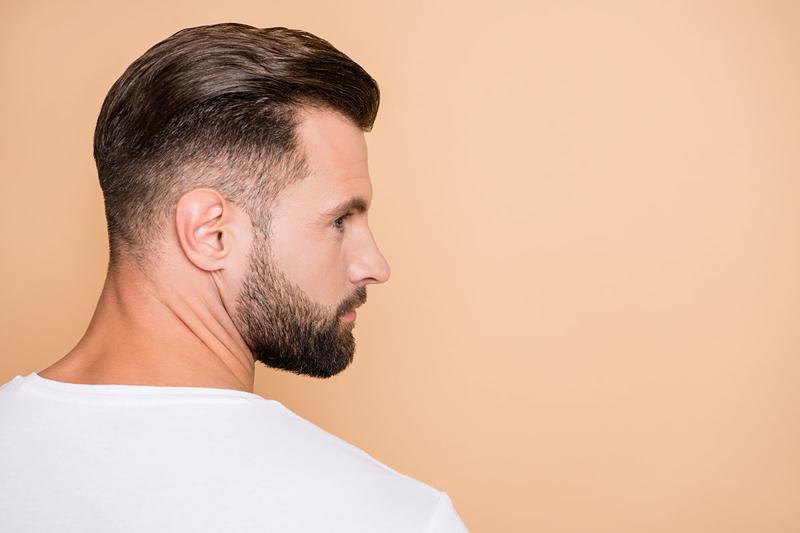
During your consultation at our Orange County location, Dr. Chaffoo will ask about the areas where you are experiencing hair thinning and your lifestyle to determine the possible cause of your hair loss. He may recommend refraining from wearing tight hairstyles that pull on your hair and cause your hairline to recede. Whether you are struggling with hair loss from genetics, hormonal shifts, or another condition, Dr. Chaffoo will assess the area to determine the best surgical plan. Please come prepared for us to perform a physical examination of your scalp.
Preparation
To prepare for a hair transplant, you will need to take the following steps:
- Stop smoking approximately 6 weeks before and after your procedure
- Stop taking any supplements or medications that thin your blood
- Arrange for someone to drive you home after the procedure
You should arrive at the office in comfortable clothing because you will need to sit upright for long periods while we perform the procedure. You will also need to avoid any activities that could cause you to sunburn the treatment area. Avoiding sun exposure and wearing sunscreen is important leading up to your procedure because sunburn could cause us to delay your treatment.
Recovery & Results
Although recovery is minimal, we recommend that you plan a few days of rest to allow your scalp to recover. We will provide specific instructions based on the type of hair transplant treatment you receive. After the procedure, you can enjoy even, thicker hair growth because we harness the power of your natural hair follicles. As they take root and new hair begins to grow, your results will look more natural and even.
The Cost of Hair Transplant in Orange County
The cost of your hair restoration procedure will depend on your specific treatment plan from Dr. Chaffoo. Most patients only need one procedure to achieve results, but this will depend on the severity of your condition and your aesthetic goals. See the blog to learn more about additional hair restoration treatments that we can pair with your hair transplant to rejuvenate your scalp and help you achieve a younger-looking appearance.
Contact our Newport Beach office or call (800) 373-4773 to learn more about how we can help you achieve strong, thick, natural, even hair growth and reverse signs of balding so you can look and feel your best.
FAQ
What is FUE hair transplantation?
FUE stands for Follicular Unit Extraction, a procedure that involves removing individual hair follicles (follicular units) from a donor area and transplanting them into thinning or bald areas on the scalp.
Can anyone undergo FUE hair transplantation?
Not everyone is a candidate for FUE hair transplantation. Candidates must have sufficient donor hair, be in good health, and possess realistic expectations.
How is FUE different from FUT?
FUT (Follicular Unit Transplantation) involves taking a strip of scalp to harvest hair follicles, whereas FUE extracts follicles one by one, leaving minimal scarring and typically resulting in a quicker recovery.
How long will hair transplant results last?
Results can last a lifetime when undergoing surgical hair restoration given that the transplanted hair is typically resistant to the underlying causes of hair loss.
Can women get hair transplants?
Yes, women can benefit from hair transplants just as much as men. These procedures are tailored to address specific hair loss patterns experienced by women.
References
- Salman, Kubra Esen, et al. “Frequency, Severity and Related Factors of Androgenetic Alopecia in Dermatology Outpatient Clinic: Hospital-Based Cross-Sectional Study in Turkey.” Anais Brasileiros de Dermatologia, vol. 92, no. 1, 2017, pp. 35–40, www.ncbi.nlm.nih.gov/pmc/articles/PMC5312176/, https://doi.org/10.1590/abd1806-4841.20175241.
- Kische, Hanna, et al. “Sex Hormones and Hair Loss in Men from the General Population of Northeastern Germany.” JAMA Dermatology, vol. 153, no. 9, 1 Sept. 2017, p. 935, https://doi.org/10.1001/jamadermatol.2017.0297. Accessed 29 Mar. 2020.





